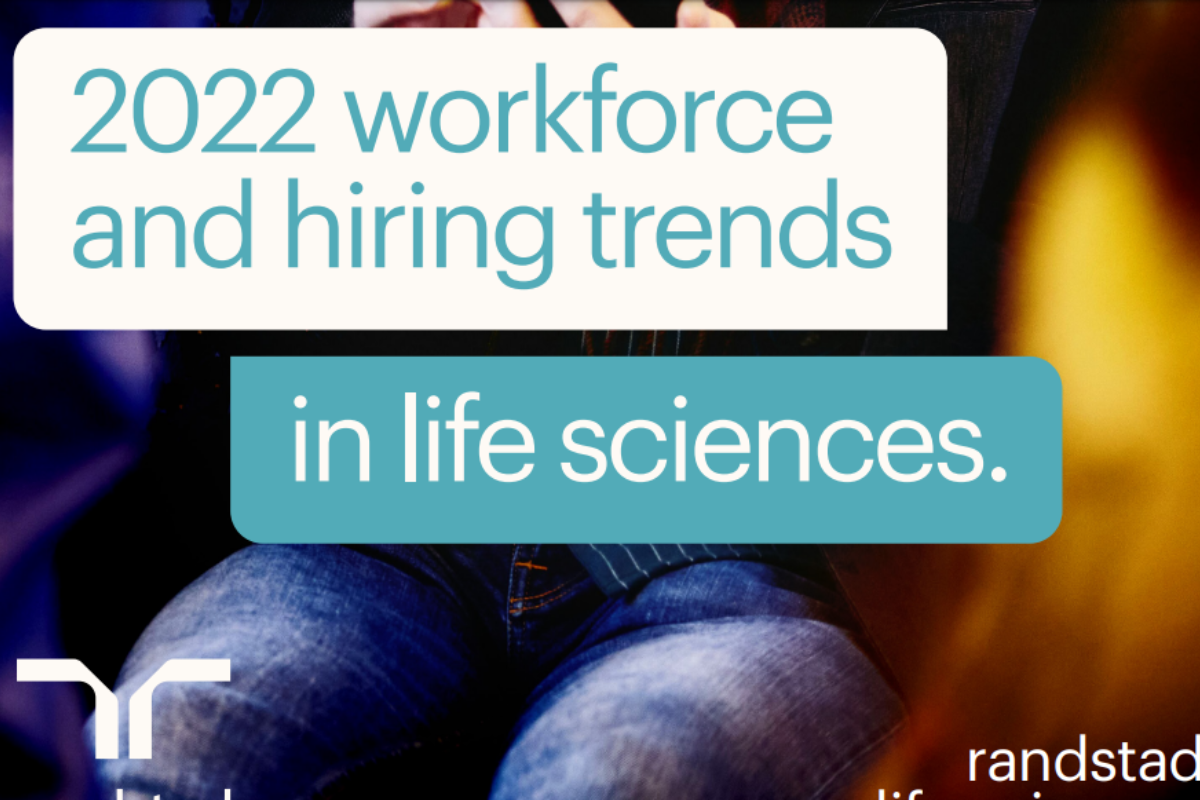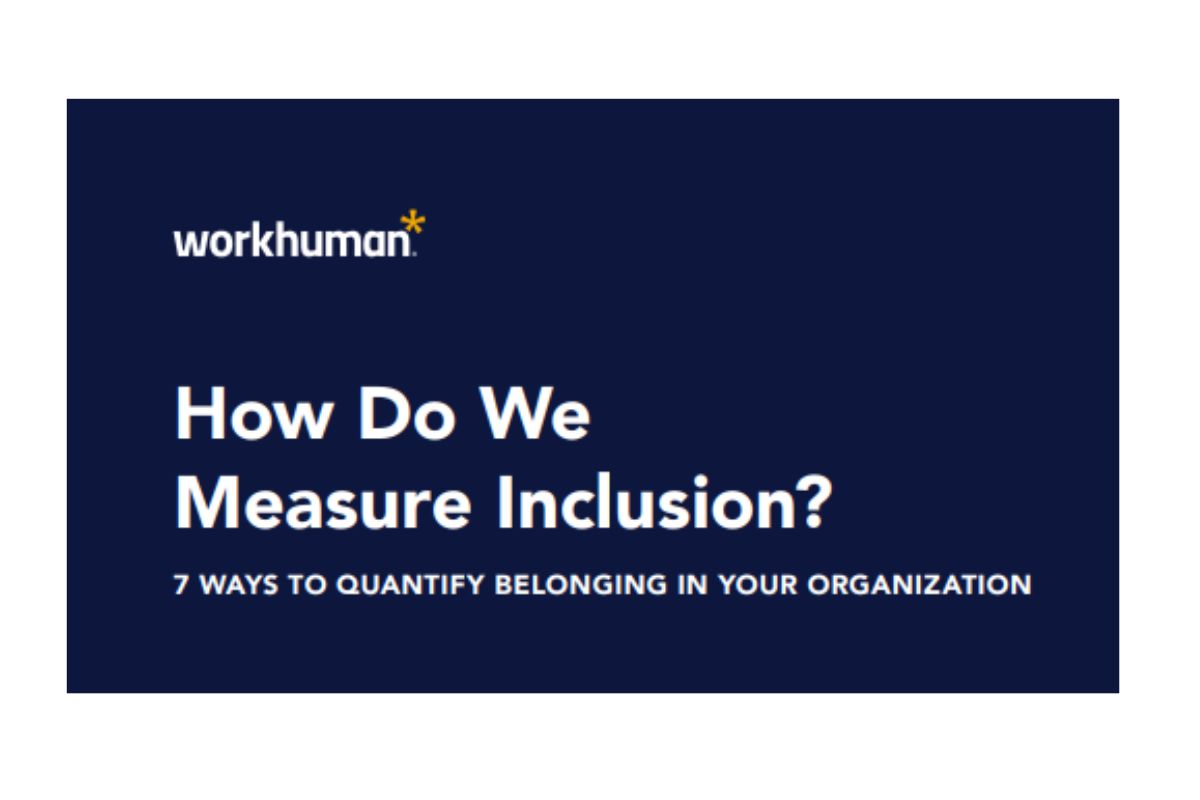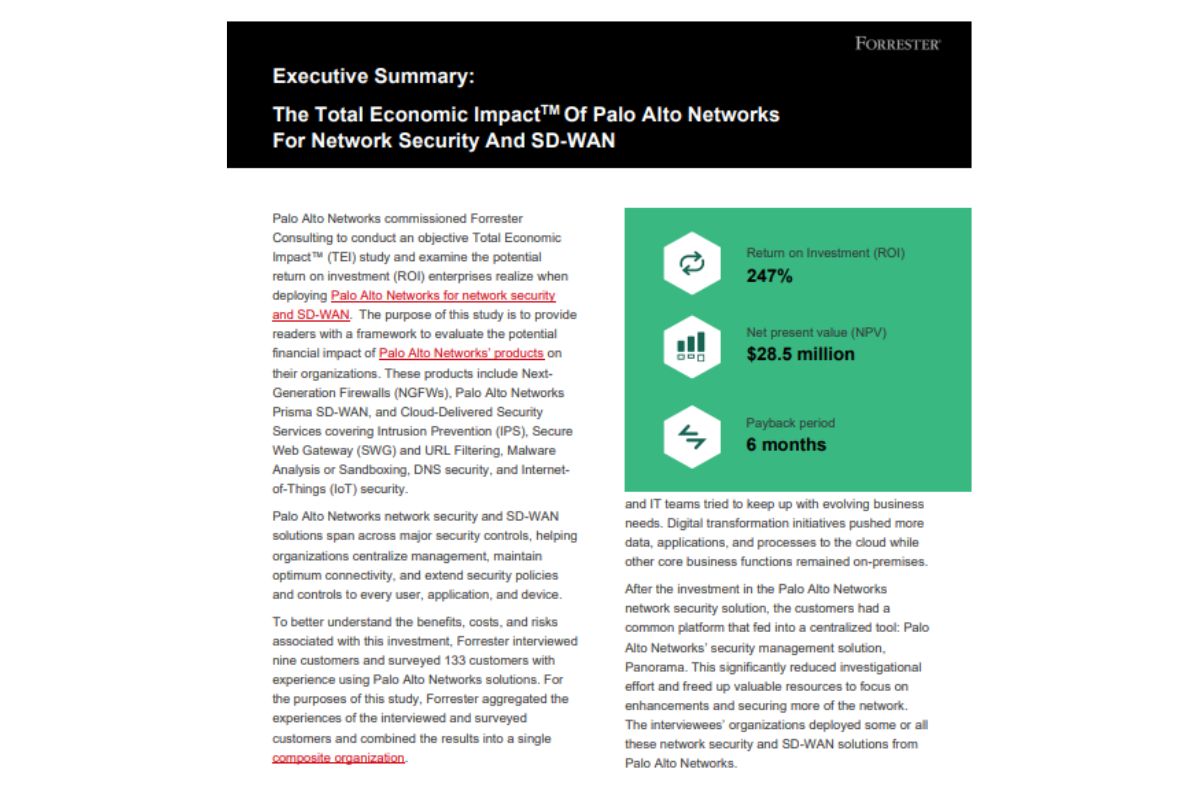Experienced life sciences employees continue to be in high demand, and the outlook for workers with such skills is especially positive for the foreseeable future as the Fourth Industrial Revolution gains momentum. Our research found that life sciences workers have tremendous career opportunities, and many of them have switched or are looking to switch jobs since the onset of the Great Resignation.
At just above 20 percent, the life sciences industry is experiencing record high turnover. Alarmingly, 45 percent of that turnover is happening within the first year, creating not only a financial deficit, but a morale challenge as well. In a recent report, research firm Gartner predicts that employee turnover will increase by 20 percent this year.
With so many trading in their jobs for ones that offer better pay, flexibility and perks, it’s not surprising that professionals in the life sciences field are anxious for change.





